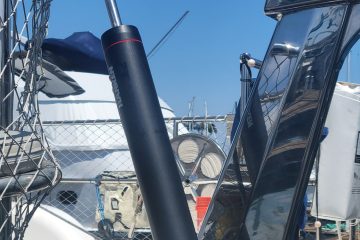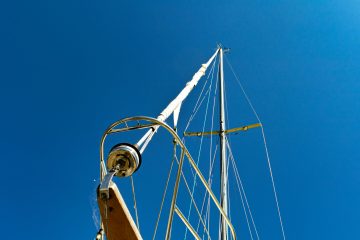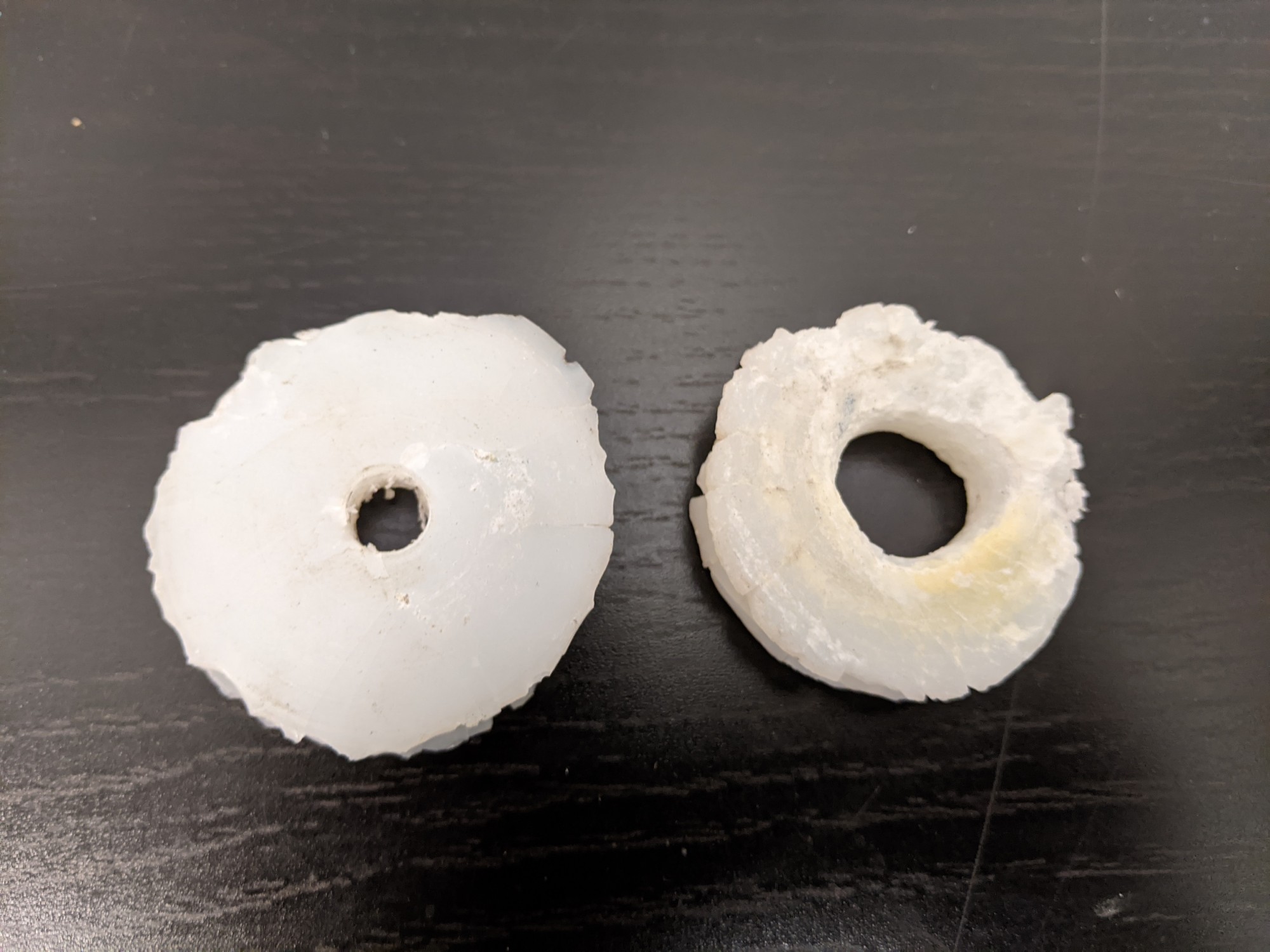Question: What do I do if my rig fails?
From the Rigger: There are few things that sailors fear more than catastrophic rig failure. Whether sailing locally or heading into open water, having a plan in place may save you, your crew and your boat. Here are a few suggestions…
Most important, BE PREPARED. Have tools and spare parts on board and know how to use them. At a minimum, you should have tools to cut your rig loose and to make minor repairs. The attached Rigging Damage Control & Spares Checklist contains a comprehensive list of items that you might want to have on board. For pleasure sailors enjoying San Diego Harbor, this list may be overkill, but it is a good place to start. If you need supplies or have questions regarding the list, you are always welcome to call us at Rigworks.
Rigs fail in many ways and for many reasons. Here are some common scenarios and possible responses.
The mast comes down (too late to ask why!)…
- Ensure that your crew is safe. If you are not wearing safety gear, put it on! We love our Spinlock Deckvests, harnesses, MOB1s, PLB1s, EPIRBs, etc. because they are lightweight, easy to use and may save our lives.
- Check the boat for structural damage. Are you taking on water? If so, can you find the source and plug it? (Even duct tape and rags have worked for me!)
- Quickly decide whether the mast can be safely secured to the boat or needs to be cut loose. If you are in rough conditions, and the mast is likely to sink the boat, don’t hesitate. Cut it loose.
- If you can safely save the mast, secure it tightly to the deck. Pad any contact points to minimize damage to your boat and rig. Collect all the halyards, shrouds, etc. and either tie them down or cut them free.
If a stay, shroud or spreader fails, but your mast is still standing, you may be able to use a halyard, topping lift or spare line to support your rig. The following suggestions may buy you a little time while you secure the line and transfer the load.
Forestay failure…
- Unless you have a strong inner forestay, you probably don’t have much time here. Warn your crew that the mast is probably coming down.
- Work quickly to reduce tension on the rig by sailing downwind.
- If the forestay failed at the base, can it be reconnected or reinforced while a secondary line is run?
Backstay failure…
- If conditions warrant, head upwind to reduce the load on the backstay.
- If you have running backs, tighten them up and reef the main below the point where the running backs connect to the mast.
Shrouds or spreaders failure…
- Shrouds and spreaders usually fail on the windward side. Quickly ease the load on your sails and tack the boat so that the failed components are to leeward.
Obviously, we are only denting this HUGE topic. If we have piqued your interest, we encourage you to attend a Safety at Sea seminar to learn more. Remember… “The time to repair the roof is when the sun is shining.” – John F. Kennedy


